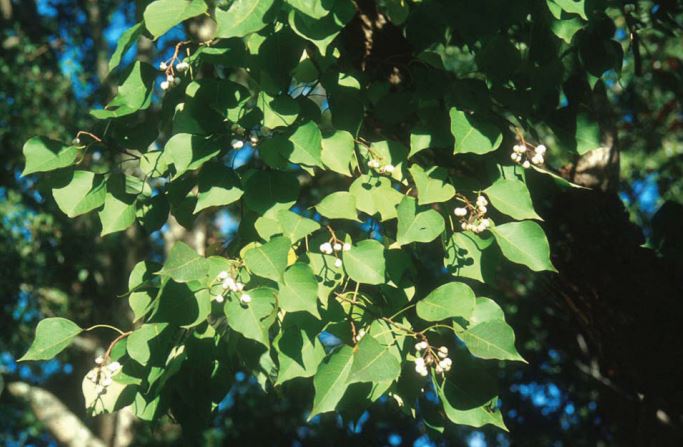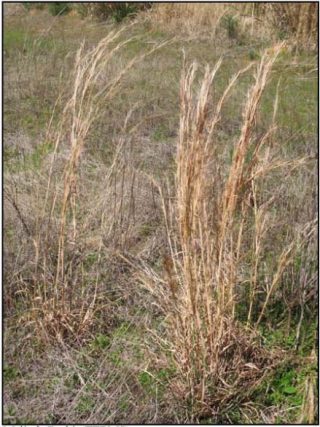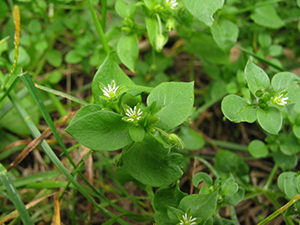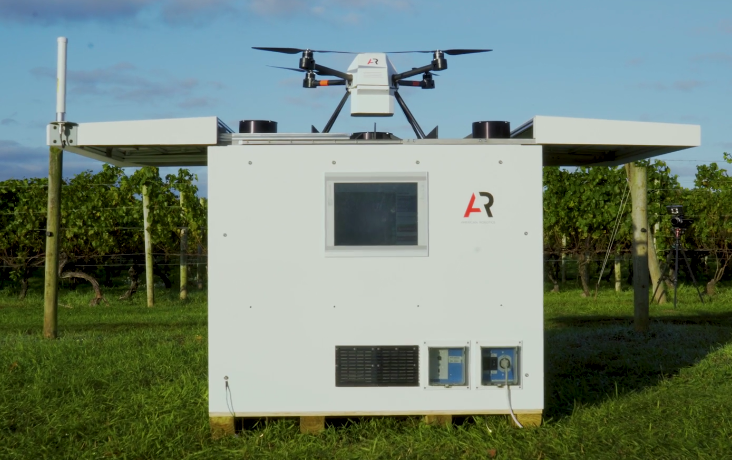by Zane Grabau | Jan 26, 2018
Zane Grabau, UF/IFAS Nematologist, and Ethan Carter, Regional Crop IPM Agent Nematicide application, along with crop rotation and use of resistant cultivars, is a key tool for nematode management. To that end, the number of nematicides/insecticides available to...

by Kalyn Waters | Jan 26, 2018
Chinese Tallow is an invasive tree that is now well established in the Southern United States. It first became a concern in natural areas, due to its invasive nature and adverse effect on native communities of plants. Chinese tallow was first recognized as an issue in...

by Matt Lollar | Jan 26, 2018
Join us for the Panhandle Fruit & Vegetable Conference on February 19 & 20 in Pensacola! Registration includes a farm tour, dinner after the tour, breakfast & lunch the next day, and excellent educational sessions. The complete agenda is now available. ...

by Kalyn Waters | Jan 19, 2018
Broomsedge is an economically important weed in the southern United States, with it typically being found in low fertility pastures. By itself, prescribed burning has little impact/control on Broomsedge as it only removes biomass above ground, and has little impact on...

by Kalyn Waters | Jan 12, 2018
According to Dr. Brent Sellers, UF Weed Specialist, weeds in pastures cost Florida ranchers an excess of $180 million annually. Weeds reduce forage yields and quality. Chickweed is a common winter annual, broad-leaf weed found across the Southeastern U.S., and is one...

by Doug Mayo | Jan 12, 2018
This week’s featured video was produced by American Robotics to introduce ScoutTM, a fully-automated drone system for farmers. Scout features season-long automated crop scouting that is autonomous, or pre-programmed for launch, flight, imaging, landing,...





